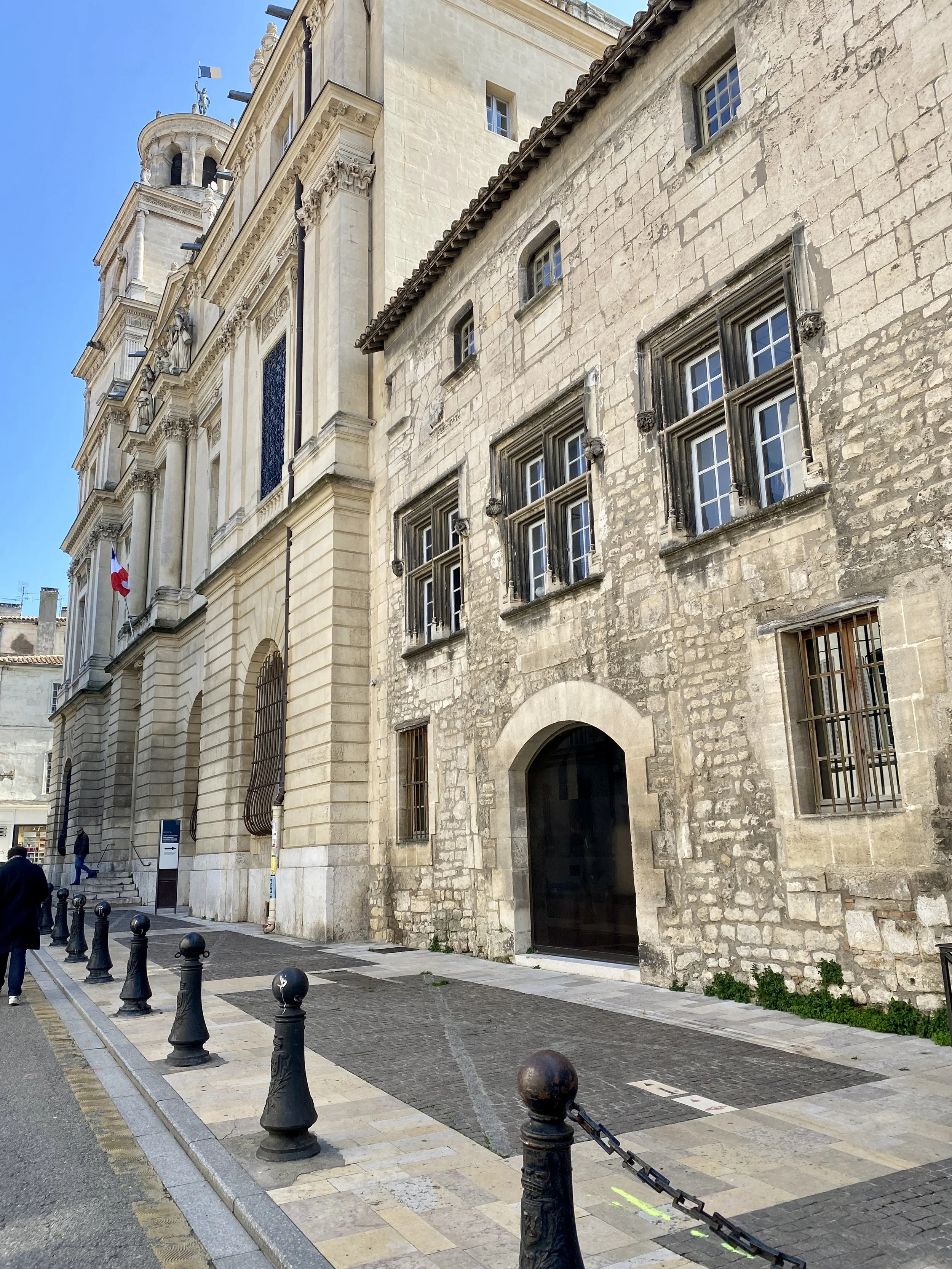Arles: Where History and Art Come Together in the South of France
Arles is a tiny city in southern France, in Provence-Alpes-Côte d’Azur. With its history, culture, and natural beauty, Arles and its surrounding region are great destinations for tourists from the US.
Below are the top things to see and do in Arles and its surrounding area, including historical sites, cultural events, and natural attractions. Arles and its location burst with activities for all tastes, from history to art, architecture, and sunbathing.
Historical Landmarks
Arles is an old town whose history dates back to the Roman Empire. The Amphitheatre, the Roman Theatre, and the Alyscamps are the city's most important historical buildings.
At the heart of Arles, the Amphitheatre – also known as the Arena of Arles – stands as a striking city symbol. This ancient structure, once a stage for gladiatorial games and chariot races in the 1st century AD, now beckons visitors to unravel its affluent leisure and public entertainment history.
The Roman Theatre, a relic from the end of the 1st century BC, is a key to unlocking Arles’s past. Despite parts of it being repurposed for the city walls in the 18th and 19th centuries, the Roman Theatre still stands as a testament to Roman engineering. Visitors can enter the past as they wander the ruins, gazing at the stage, orchestra, and seating, gaining a unique insight into daily Roman life.
Old Roman cemetery (Necropolis of the Alyscamps), 4th century AD. The Alyscamps (from the Latin ‘hortulus’ meaning ‘cutting garden’) is an ancient Roman cemetery or graveyard just outside the city walls, a great place to wander or sunbathe and picnic. The old Roman tombs and sarcophagi still survive. The chapel of Saint-Honorat, though restored, is also worth seeing.
Cultural Events
Arles is a town whose culture is celebrated through festivals, exhibitions, and events throughout the year.
Probably the city’s most renowned cultural event is the Rencontres d’Arles, an arts festival dedicated to photography held every summer. Founded in 1970, the festival draws hundreds of photographers, curators, and enthusiasts worldwide. Exhibitions, screenings, workshops, and street fairs are staged throughout the summer season, with locals and visitors alike flocking to the photo fair (‘marche aux photos,’ strictly for photography lovers), where you can check out new work from both established and emerging photographers and chat with other festival-goers.
Another event that attracts a solid local following is the Feria du Riz (Festival of Rice and the Camargue Culture), held every September to celebrate the rice harvest. Bullfights, parades, dance, and music are also part of the program, as are paella and fougasse—aromatic bread prepared with olive oil, dough, and cheese.
There is an entire year-round art scene of galleries, studios, and museums alongside its annual fixtures. The Musée Réattu, located in a 15th-century former convent, has a new contemporary art collection including Picasso, Arp, and other moderns, and a permanent photographic show by Lucien Clergue, co-founder of the Rencontres d’Arles.
Natural Attractions
Lastly, Arles and its environs boast some of France's most beautiful natural landscapes: the rugged Camargue coastline and the Alpilles hills.
The Camargue is an extensive wetland where many wild plants and animals can be found, notably the wild horses, some of whose ancestors were introduced by the Spanish invaders. Others are flamingos and various other species of rare birds, which visitors can observe on horseback or aboard a boat on an organized tour of the wetlands.
The Alpilles, with its hills covered in olive groves and vineyards, is a sight to behold. Chiseled into small plateaux of gently weathering limestone, the landscape is scattered with picturesque hilltop villages. One of the most beautiful examples is Les Baux-de-Provence, a medieval town perched on a rocky crest. From this vantage point, visitors can admire the deep valley below and the striking views of the Provencal countryside, making it a must-visit for those who appreciate picturesque villages.
North of Arles, the Gardon River is a must-see for history enthusiasts. It is home to the Pont du Gard, an ancient Roman aqueduct dating from the 1st century AD. This marvel of Roman engineering, originally built to bring water to Nîmes, is one of the best-preserved aqueducts from the Roman era. Visitors can walk across the bridge and the surrounding area on foot or by kayak, immersing themselves in history and nature.
Food and Drink
A trip to Arles and its area would be complete only with tasting the local food and drink. Try Provençal cuisine, which uses fresh local ingredients, including olive oil, garlic, and herbs.
One of the region's most traditional dishes is bouillabaisse, a fish soup prepared with different fish from this place and served with crusty bread and rouille (garlic and saffron sauce). Other well-known specialties are ratatouille, a vegetable stew prepared with aubergine, zucchini, and tomato, or pissaladière, a typical regional pizza topped with caramelized onions, anchovies, and olives.
Wine is a similar story. The red wines of the Côtes du Rhône and the rosés of the Coteaux d’Aix-en-Provence, each with its unique flavor profile, compete with each other on the world market. Visitors can tour vineyards and sample the diverse range of wines at local canines, sparking excitement and curiosity about the wine-tasting experience.
Last Thoughts
Arles and its environs provide an exceptional travel experience with a long history, popular cultural events, natural wonders, and great food and drink. It's a place where one can participate in the world of monasticism, albeit in a modern context. Whatever one’s interests, from Roman monuments to horseback expeditions through wetlands, from photography festivals to the pleasures of food and drink, Arles and its area offer site-specific experiences that are truly unforgettable, inspiring you to explore and discover.

















